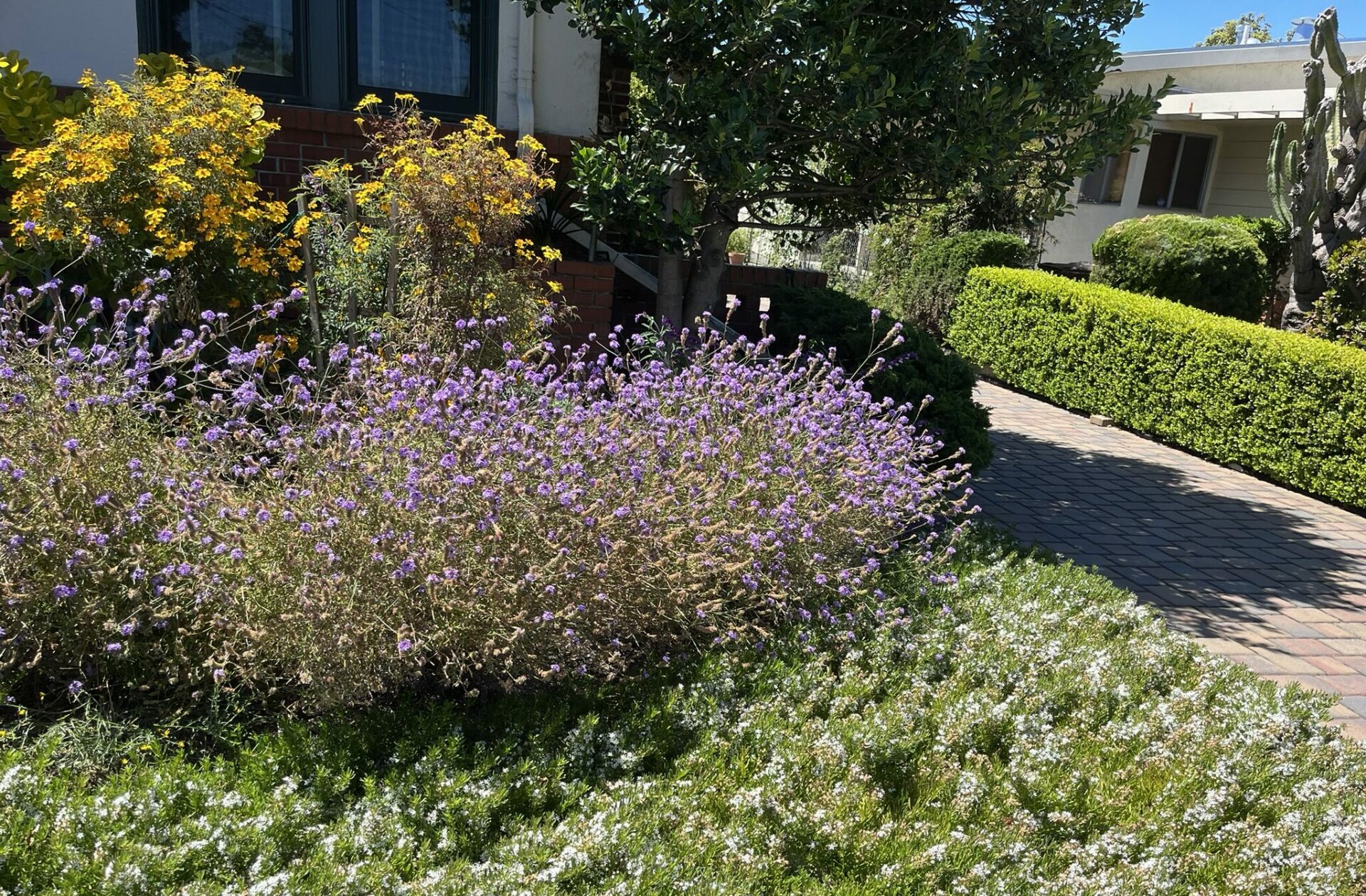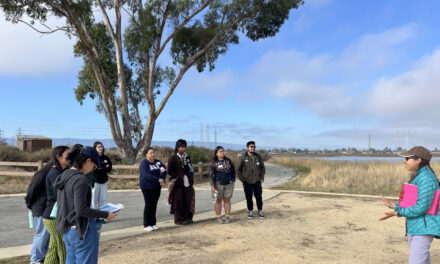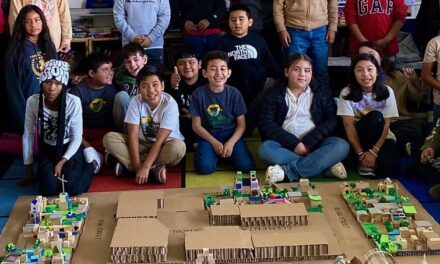A Landscaper Rethinks East Bay Gardens
My family has owned and operated a landscape maintenance company, Dinwoodie Landscape Services, in the East Bay Area since 1985. We see firsthand how climate change is driving change in the landscaping industry, in plant choices, landscaping practices, and client and crew interactions. At the most basic level, the USDA’s plant hardiness map — a useful resource that classifies each U.S. region based on its lowest winter temperature to help gardeners make smarter planting choices — has now reclassified many regions across the country whose winters have become several degrees warmer over the last decade. For the Bay Area, and our clients in East Bay cities like El Cerrito, Berkeley, Oakland, Orinda, Moraga, and Lafayette, the changes may be more subtle, but they are certainly obvious to our company almost every day. They require us to rethink our plants and our practices – and sometimes, that’s not what our clients want to hear.
Changing Plants
Though most of the East Bay cities we work in have not been formally reclassified by the USDA, climate change is evident in the regions’ older, legacy gardens. Their plant palettes commonly include lawns, camellias, rhododendrons, azaleas, and lots of spring bulbs — all very water-intensive plants. These gardens thrived when the temperature was cooler, the winters were reliably wet, the summers were often fog-filled, and supplemental water for irrigation was cheap and abundant due to the consistently snowy winter months in the Sierras.
Gardens with these plant palettes are now suffering. These once-happy plants experience heat and water stress more frequently, not only decreasing bloom times and bloom quantity but also making them more susceptible to disease and insect predation. Spring bulbs that once provided reliably vibrant color remain dormant for years at a time due to lack of winter rains. Rhododendrons become more susceptible to predation from insects such as thrips and they, along with camellias, often fail to bloom at all.

Replacing water and chemical-dependent lawn, azaleas, and camellias with hardier native plants. Photo: Wyatt Tong
Rethinking the home garden plant palette is a good way to mitigate these problems. With proper plant selection, a garden can withstand prolonged periods of high heat and use much less water while still being beautiful and colorful. Water-wise gardens have been growing in popularity in the East Bay, especially in the last 10 years, as people want to conserve water and achieve more with the water they use. If appropriately planted, one’s garden can thrive in the new, warmer climate we are living in.
Other Recent Posts
Gleaning in the Giving Season
The practice of collecting food left behind in fields after the harvest is good for the environment and gives more people access to produce.
New Study Teases Out Seawall Impacts
New models suggest that sea walls and levees provide protection against flooding and rising seas with little effect on surrounding areas.
Oakland High Schoolers Sample Local Kayaking
The Oakland Goes Outdoors program gives low-income students a chance to kayak, hike, and camp.
Growing Better Tomatoes with Less Water
UC Santa Cruz researchers find the highly-desired ‘Early Girl’ variety yields more tomatoes under dry-farmed conditions.
Santa Clara Helps Homeless Out of Harm’s Way
A year after adopting a controversial camping ban, Valley Water is trying to move unsheltered people out of the cold and rain.
The Race Against Runoff
San Francisco redesigns drains, parks, permeable pavements and buildings to keep stormwater out of the Bay and build flood resilience.
Learning the Art of Burning to Prevent Wildfire
In Santa Rosa’s Pepperwood Preserve, volunteers are learning how controlled fires can clear out natural wildfire fuel before it can spark.
How to Choose Plants for a Water-Wise Garden
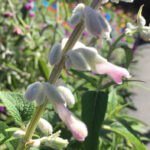
Mexican Bush Sage
Home gardeners who want to create a more water-wise garden should consider the following:
- Replace lawns with low water perennial shrubs or groundcover, such as Salvia leucantha, Tagetes lemonii, Myoporum parvifoluim, and Epilobium canum. This is the single best way to reduce water use, while also providing food and habitat for beneficial insects and pollinators.
- Though bulbs rely on a wet winter, they do not need to be removed. If the bulbs are planted with drought-tolerant California species around them, they will not take any extra water from the other plants during dry years and will add an extra pop of color and lushness in years where there is ample rain.
- When choosing plants, opt for those that are tolerant of heat, drought-hardy, use little water, and have abundant, long-lasting blooms, such as Russian sage (Perovskia atriplicifolia) and De la mina lilac verbena (Verbena de la mina lilacina).
- Keep up with tree maintenance with a qualified arborist. While expensive, it is worth it in the long run, protecting your home and family from the dangers of fire and from falling trees during strong storms such as those during the winter of 2022.
Changing Practices
Responsible landscape practices in the era of climate change are not just about how we treat our outdoor spaces. We must also consider how we treat our workers and protect their health and dignity.
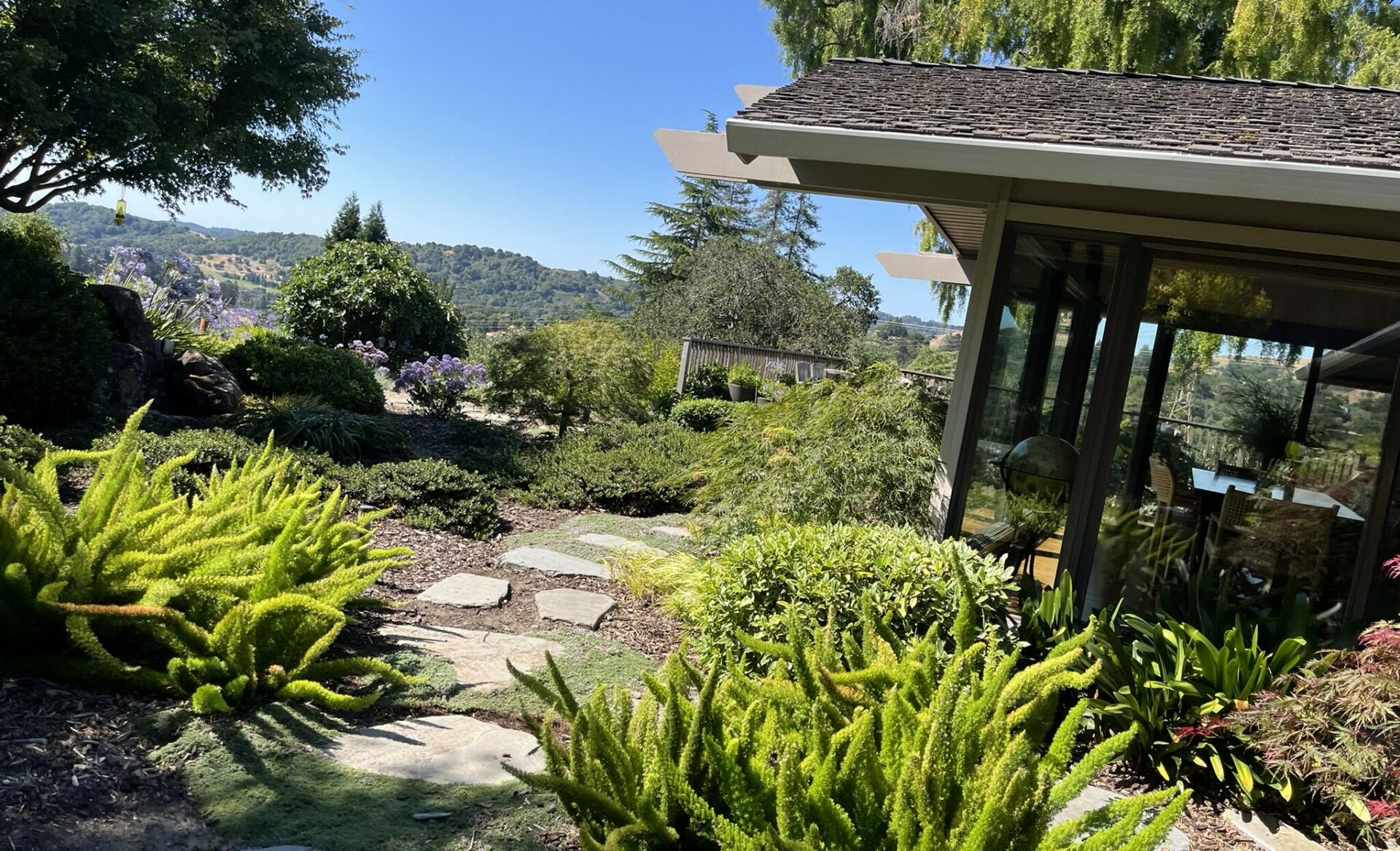
A water-wise garden in Lafayette including Japanese maple, fountain grass and Japanese bloodgrass. Photo: Dinwoodie Landscaping
Over the years, we have needed to shift our work days earlier and earlier to limit our crews’ exposure to the hottest part of the day and reduce the risk of heat-related illnesses. When exposure to heat is unavoidable, as it is in certain regions, we visit our crews and provide them with chilled water, sports drinks, and cooling towels, as well as direct them to avoid sunny areas and return to them on subsequent cooler visits.
The most drastic change that has occurred in the past decade, however, is needing to cancel work entirely to protect crews. Canceling work is a critical decision for a small business such as ours and was an exceedingly rare occurrence as recently as 10 years ago. However, with climate change, the frequency of canceled days has increased over time as the frequency of dangerously high temperatures, debilitating wildfire smoke, and brutal rainstorms continue to increase. While work stoppages create financial difficulty for both our crews and the business as a whole, the health and well-being of our workers has to be our top priority.

Panoramic: A garden in Orinda using the concept of 'shakkei,' or borrowed space, where the background scenery is incorporated into the garden. Photo: Dinwoodie Landscaping
Changing Minds
Changing practices has been somewhat difficult and changing plants not at all – it is changing minds that is a challenge. When homeowners lack awareness or acceptance of the ways that climate change impacts their garden, they expect the same results from the same or even fewer resources. And often, they expect the same resources to yield consistent outcomes in drastically varying circumstances — an appropriate amount of irrigation one week may be inadequate the next.
This is a mindset divorced from the reality of the natural world. As the climate changes and warms, humans need to change and adapt our practices for the environment that we are experiencing, not the environment we are used to (and likely prefer). As climate-conscious landscape professionals, it is our job to inform and educate others about what is best for the health of their plants’ and the environment.
MORE
Full Disclosure: Wyatt Tong is a family friend of the KneeDeep editor Ariel Rubissow Okamoto.






